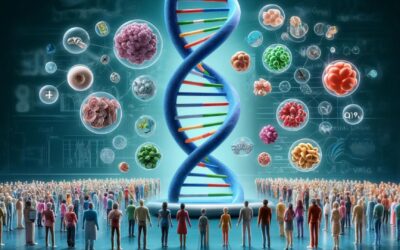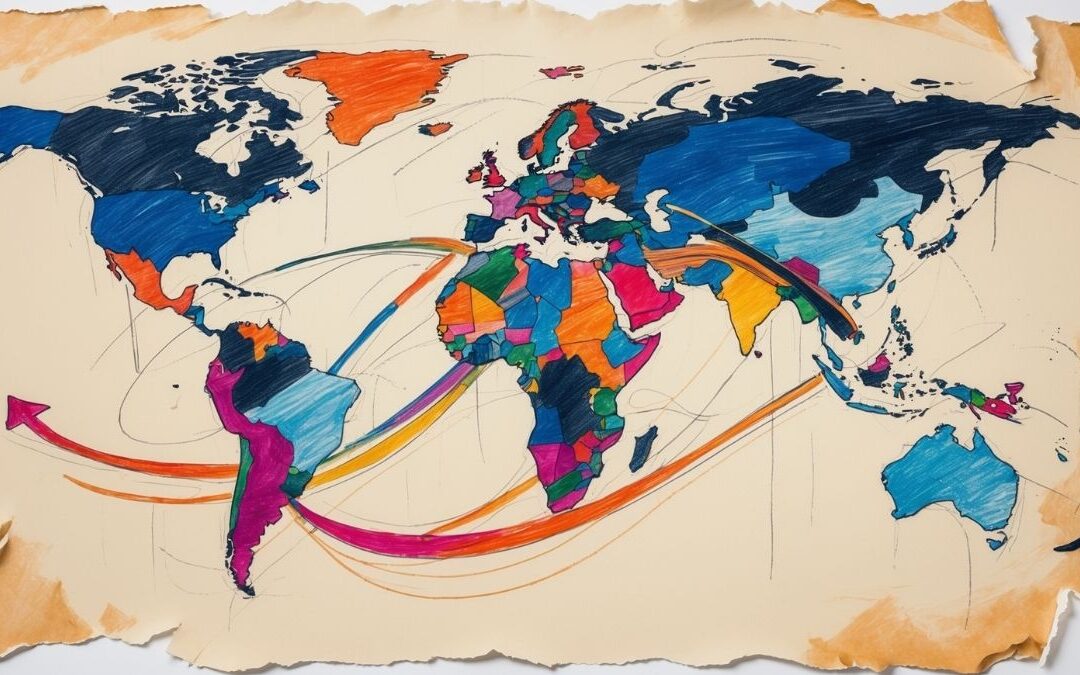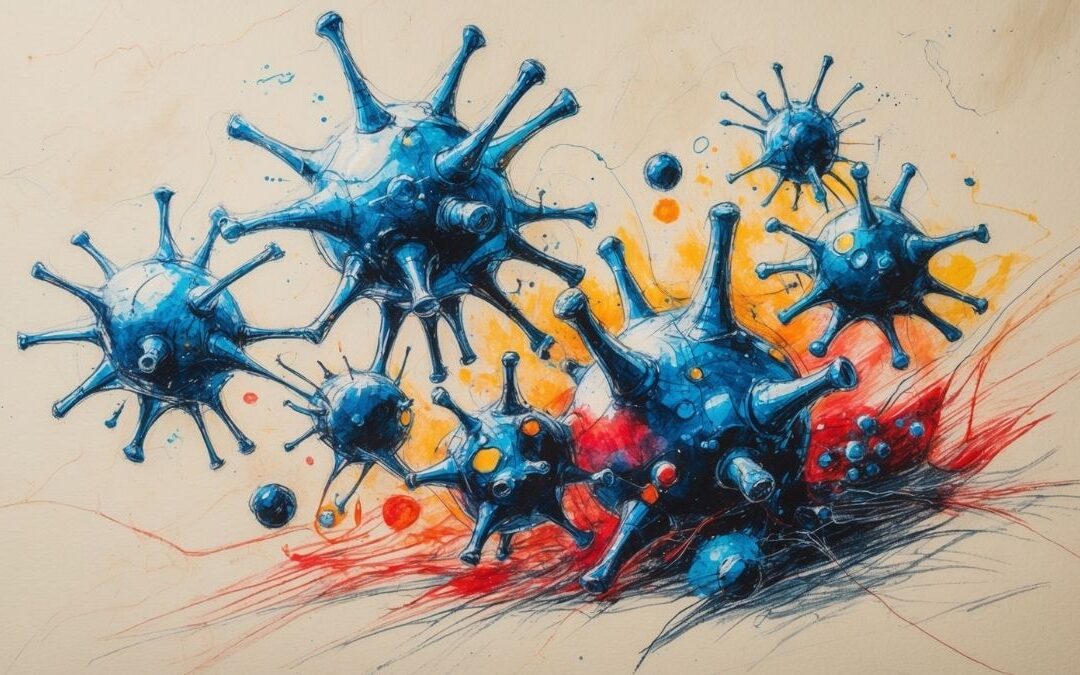Introduction
How much do you know about recycling? What is recycling? Why is it important? I will answer these questions and more in this new Do You Know episode from English Plus Podcast.
Audio Podcast
What is Recycling?
Think of all the things you throw away: juice bottles, soda cans, candy wrappers. It adds up. How much trash do you produce?
Americans throw away an average of 1 ton of trash per person every year. That’s 2,000 pounds (907 kilograms) of garbage! Most of this trash gets buried in big holes in the ground called landfills.
A lot of this garbage can be recycled, or turned back into something useful. Just about any material can be recycled. The main things we recycle today are made from metal, paper, glass, or plastic.
WHY RECYCLE?
People recycle for many reasons. One of the main reasons is to conserve resources. Making new aluminum cans out of old ones means less aluminum is needed for new cans.
This leads to a second reason people recycle: It saves energy. Recycling old aluminum cans takes a lot less energy than making new aluminum. To make new aluminum, you need to mine metal ore from the ground, remove the impurities, and refine it into a finished metal.
Recycling also conserves valuable land. By recycling, we produce less garbage. That means fewer landfills are needed for dumping our trash.
RECYCLING METAL
Because metals are somewhat costly to make, they are the world’s most recycled materials. About two-thirds of all steel is recycled.
Steel cans and scrap steel go to recycling plants where the steel is melted down. The steel is then treated with chemicals to make it pure again. Finally, it is formed into sheets or bars. These are shipped to companies that make new cans and other steel objects.
Almost all beverage cans are made of aluminum. Americans recycle about one-third of their used aluminum cans. Empty cans are sent to special factories. There, they are cleaned, melted, and rolled into new sheets of aluminum.
RECYCLING PAPER
Americans use lots of paper—mostly in the form of newspapers, magazines, and cardboard boxes. In fact, paper takes up more space in landfills than any other material.
Old paper can be shredded and made into new paper. Americans recycle a little more than one-third of their paper trash. New paper is made from trees. Each ton of recycled paper saves about 17 trees!
RECYCLING GLASS
Glass can be recycled, too. Americans recycle less than one-quarter of the glass they use. Perhaps that is because recyclers must take extra effort to recycle glass. First, only bottle glass can be melted and made into new glass. Second, different colors of glass must be melted separately. This means bottles must be separated by color before they can be recycled.
RECYCLING PLASTIC
Seven types of plastics are used to make containers and other objects for consumers. Only three types of plastic can be recycled. Each is treated in a different way. One type can be made into filling for ski jackets. Another type can be made into milk jugs. If mixed together, however, these plastics can’t be recycled.
Only about 6 percent of plastic waste gets recycled in America. In many states, plastic objects must be stamped with a number from 1 to 7. The number shows which type of plastic it is. The plastic can then be separated more easily before it’s recycled.
HAZARDOUS WASTES
Some wastes cannot be thrown into landfills. They are too dangerous and must be recycled or disposed of in special ways. Hazardous wastes include paint, antifreeze, medical wastes, and old tires. The most commonly recycled hazardous wastes are cleaning fluids and used motor oil.
WHAT HAPPENS TO NUCLEAR WASTES?
The most dangerous wastes of all come from nuclear power plants. These wastes are radioactive. This means they give off harmful, invisible rays. The rays can cause sickness or death. They even harm unborn babies. Radioactive wastes can be recycled, but doing so is costly and poses dangers to people. In the United States, radioactive wastes are not recycled. They are sealed in glass, put in steel containers, and buried deep underground. Radioactive wastes can remain dangerous for tens of thousands of years.










0 Comments